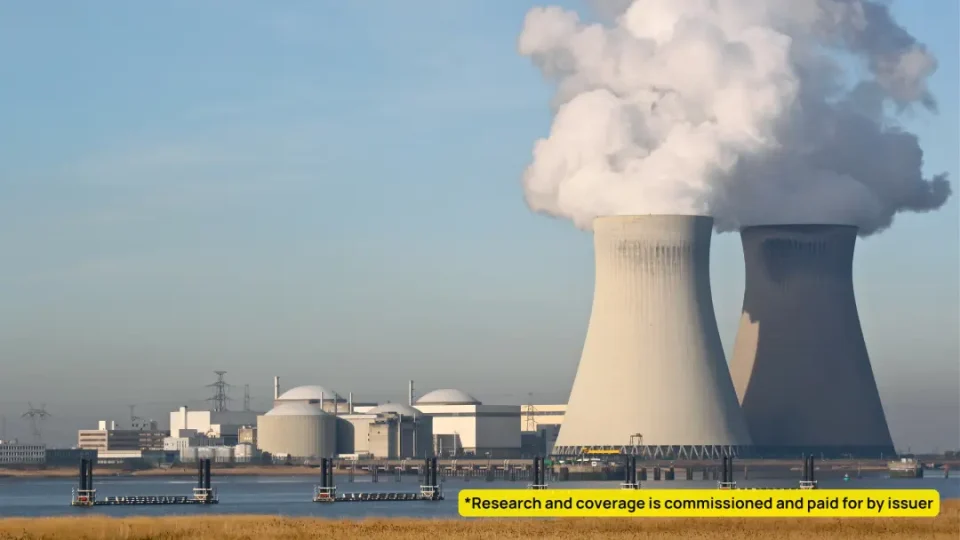Analysts’ Ideas of the Week
Uranium Market Turbulence Explained: Key Factors & Outlook
Published: March 31, 2025
Author: FRC Analysts
*This article and research coverage is paid for and commissioned by issuers. See the bottom of the full article for other important disclosures, rating, and risk definitions.
The uranium market is experiencing notable turbulence, with prices dropping 26% YoY to US$64/lb. This decline, mirrored by a roughly 21% YoY drop in the Global X Uranium ETF (URA), underscores the challenges facing the sector. This article examines the reasons behind the current downturn, explores the long-term outlook, and provides insights into trends shaping market sentiment.
Current Market Overview
Three key factors appear to be driving the recent decline in uranium prices:
- Utilities Delaying Long-term Purchase Agreements:Utilities in the U.S., which account for approximately 29% of global uranium demand, are likely postponing long-term contracts due to uncertainty stemming from Trump’s U.S. tariff policies and rising geopolitical trade tensions. These policies could raise costs or disrupt supply chains, leading utilities to delay commitments until trade implications become clearer. This hesitation is compounded by broader trade war concerns, with tensions affecting relationships with key uranium-producing nations, further clouding procurement strategies. Additionally, the Sprott Physical Uranium Trust (TSX: U-UN), the world’s largest physical uranium investment fund, has not increased its holdings since November 2024, a pause that may reflect investor caution amid these uncertainties and contribute to reduced market liquidity in the short term.
- 2.Emergence of Energy-Efficient AI Models:The rise of energy-efficient AI models, such as those from DeepSeek, could potentially reduce the demand for nuclear power expansion. Last year’s buzz about AI’s energy needs—driven by tech giants like Google, Microsoft, and Amazon signing nuclear power deals—fueled optimism in the uranium sector. However, efficiency gains might temper future energy consumption growth. It is too early to fully evaluate DeepSeek’s efficiency, given its status as a relatively new AI model from China, where concerns about data storage locations and usage by a Chinese-based company could limit its adoption in Western markets, further complicating demand forecasts. Still, we believe the rapid proliferation of AI applications suggests overall energy demand may rise, creating a nuanced impact on uranium’s trajectory.

